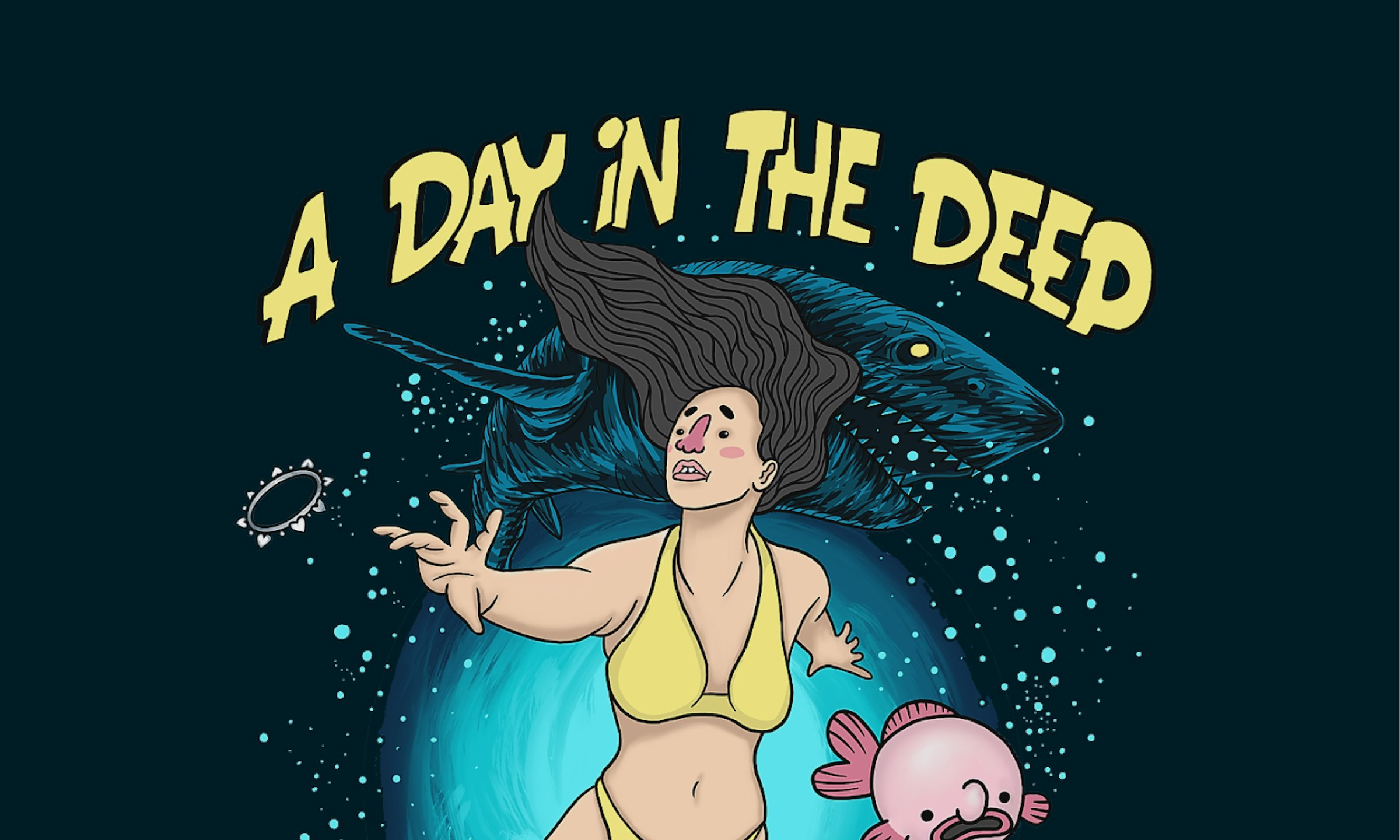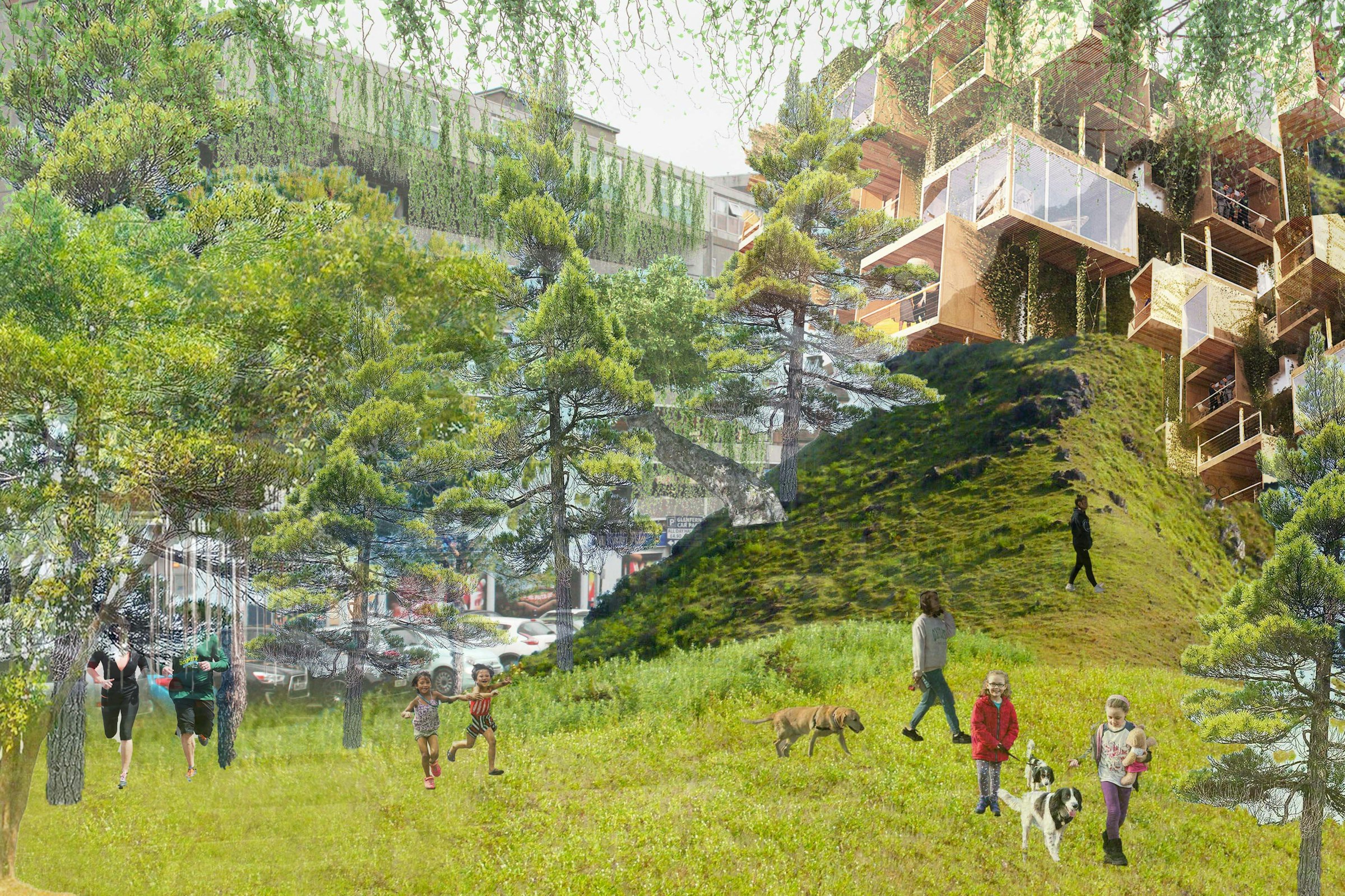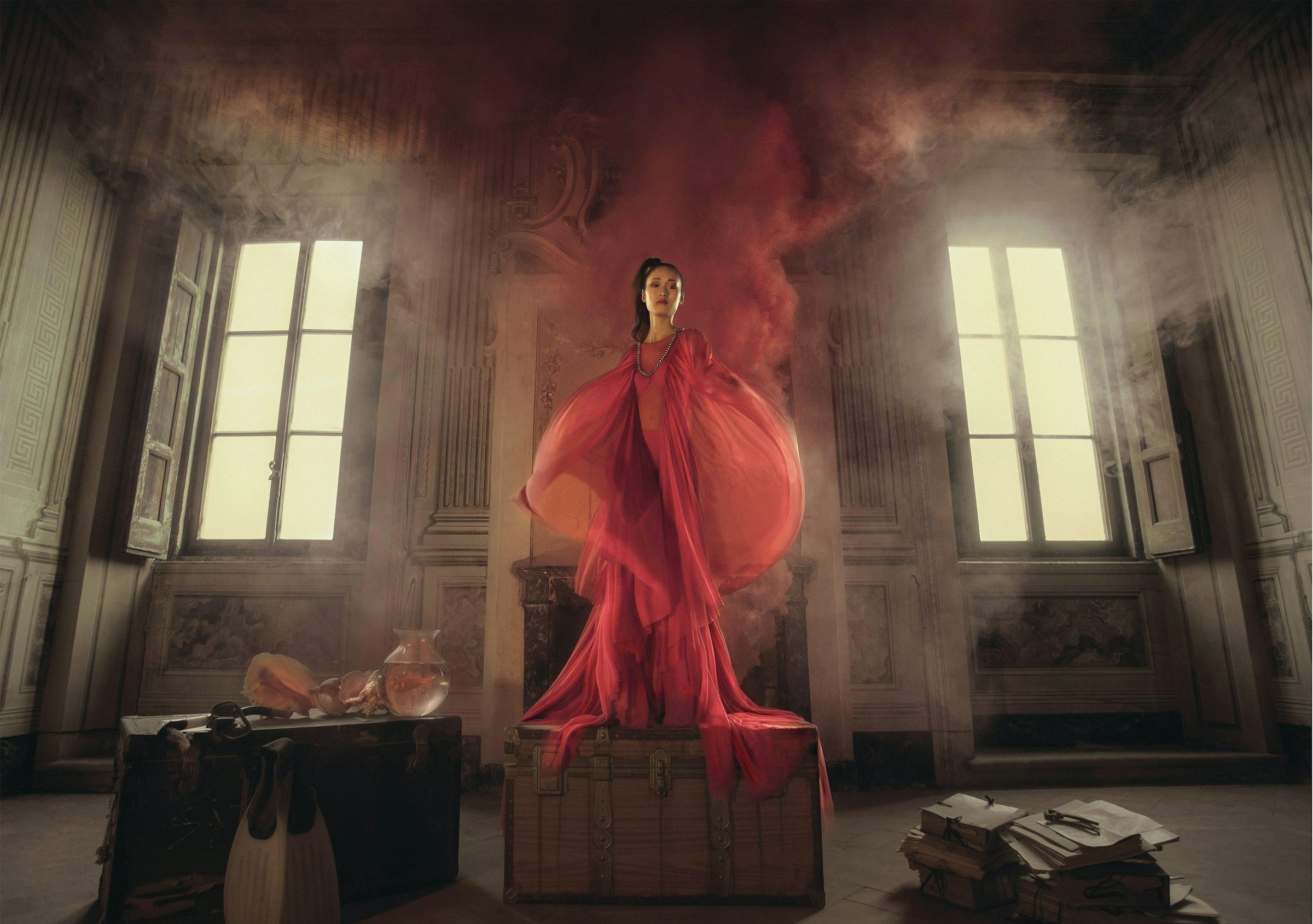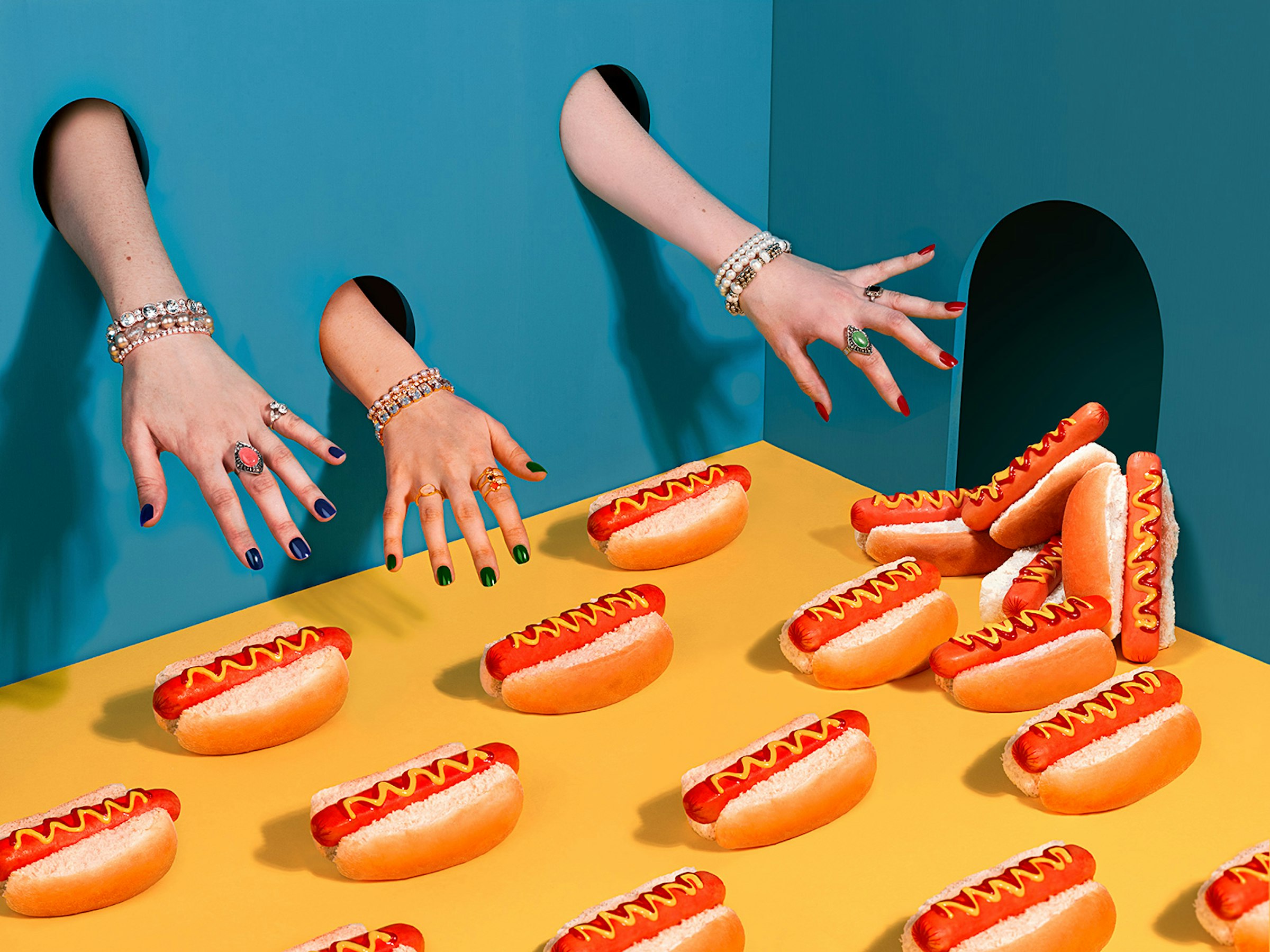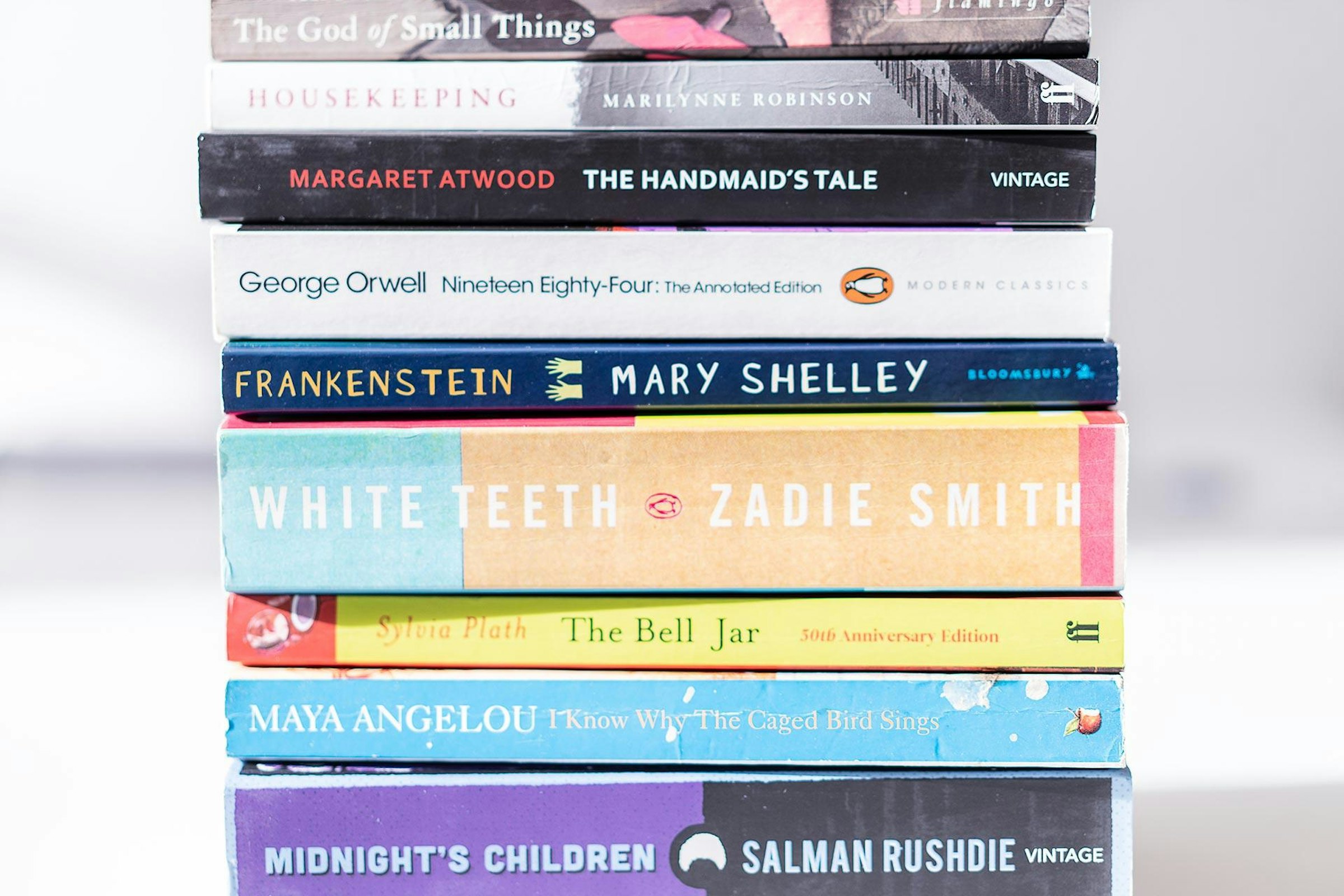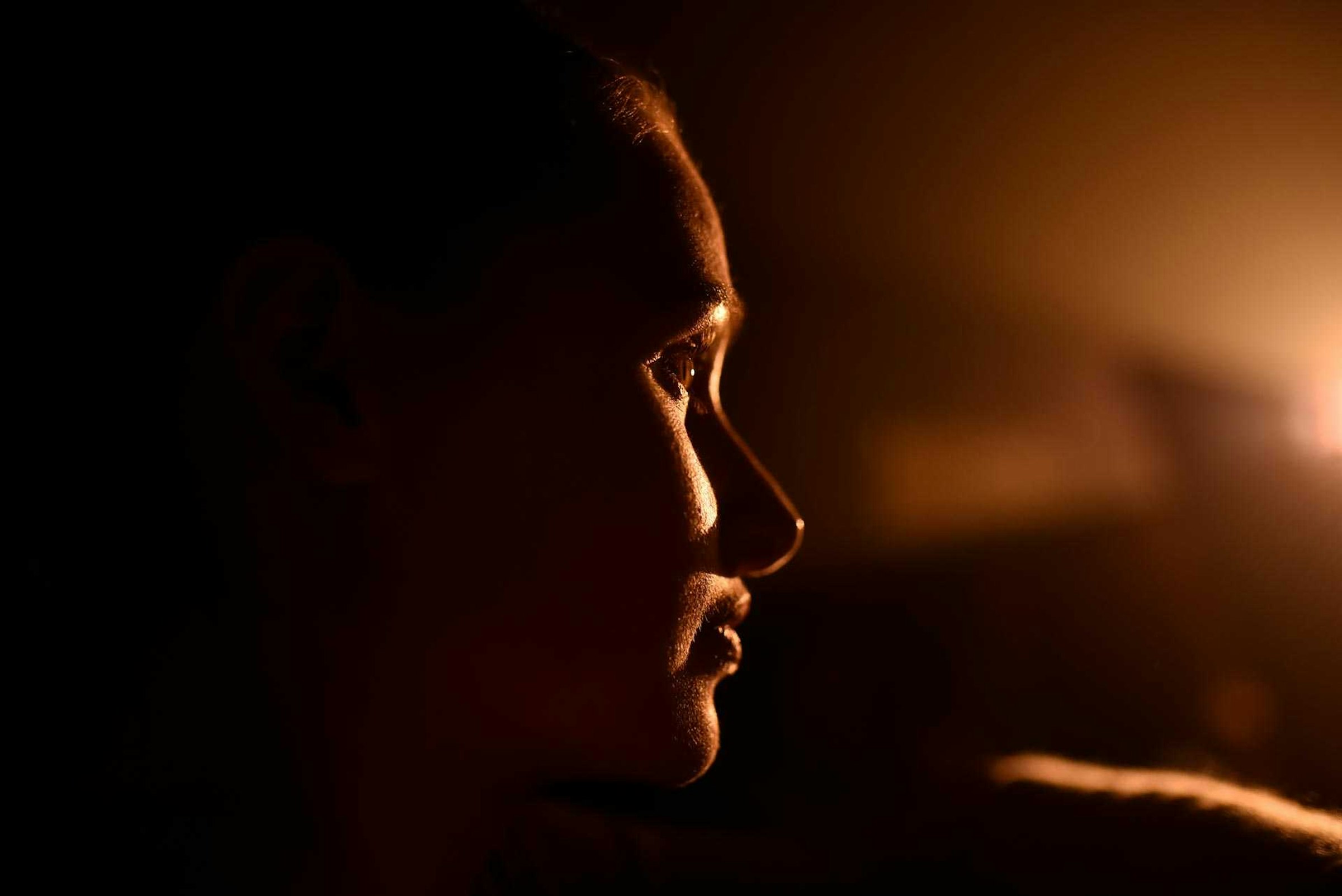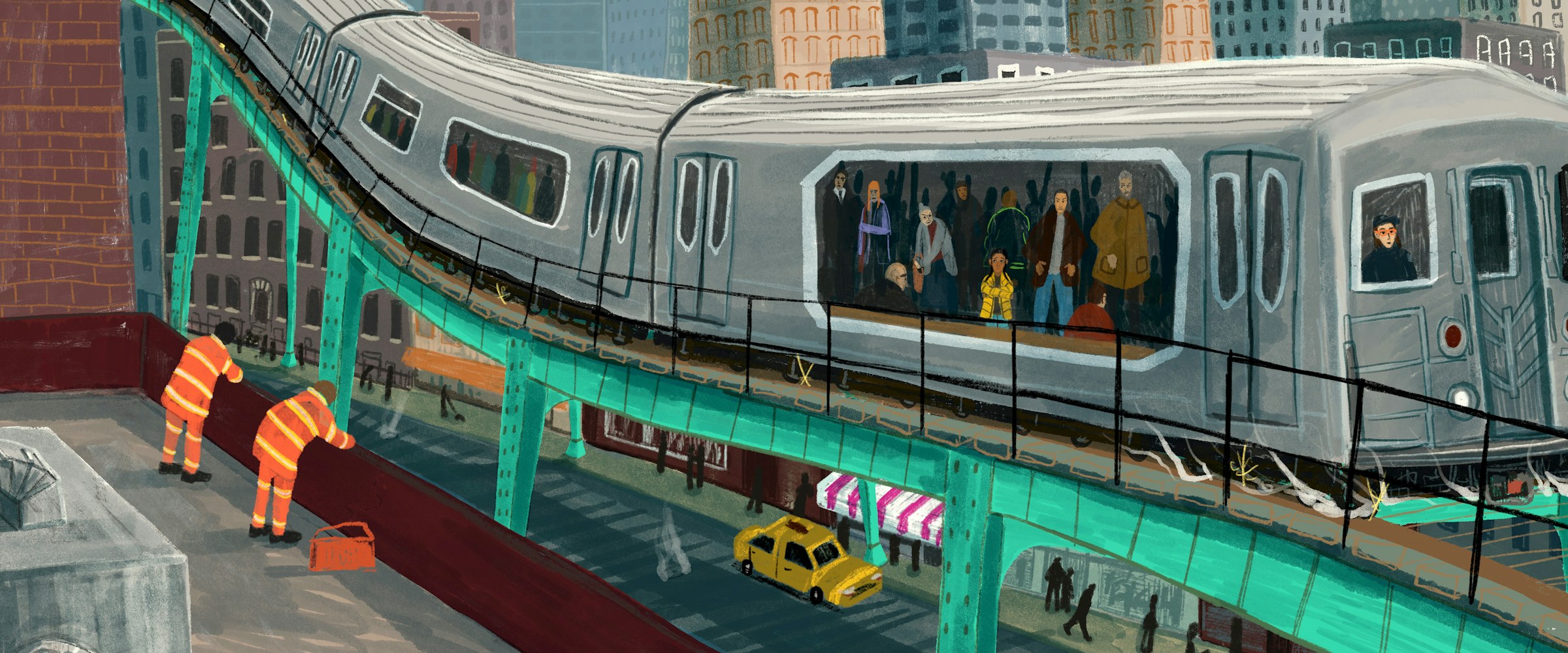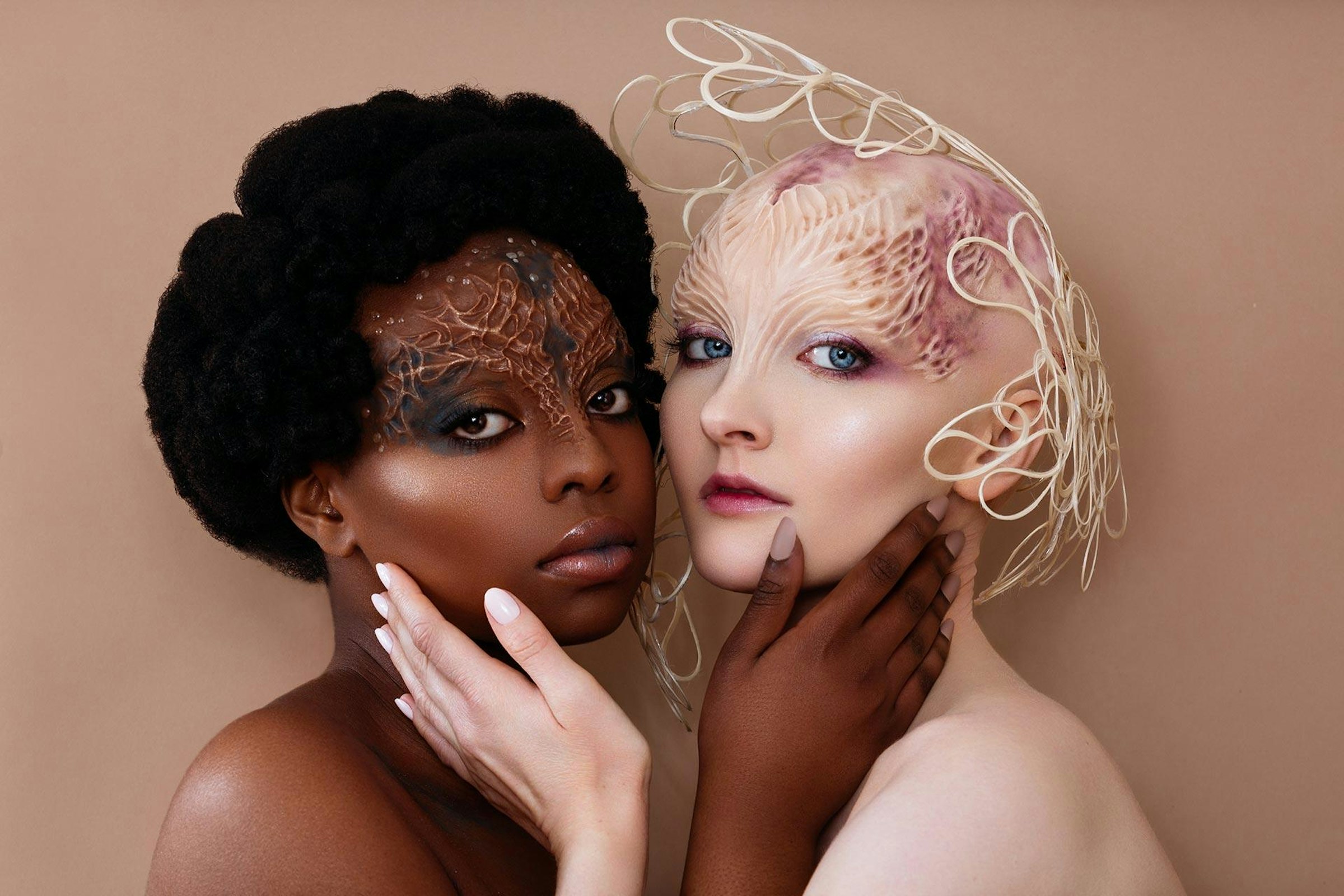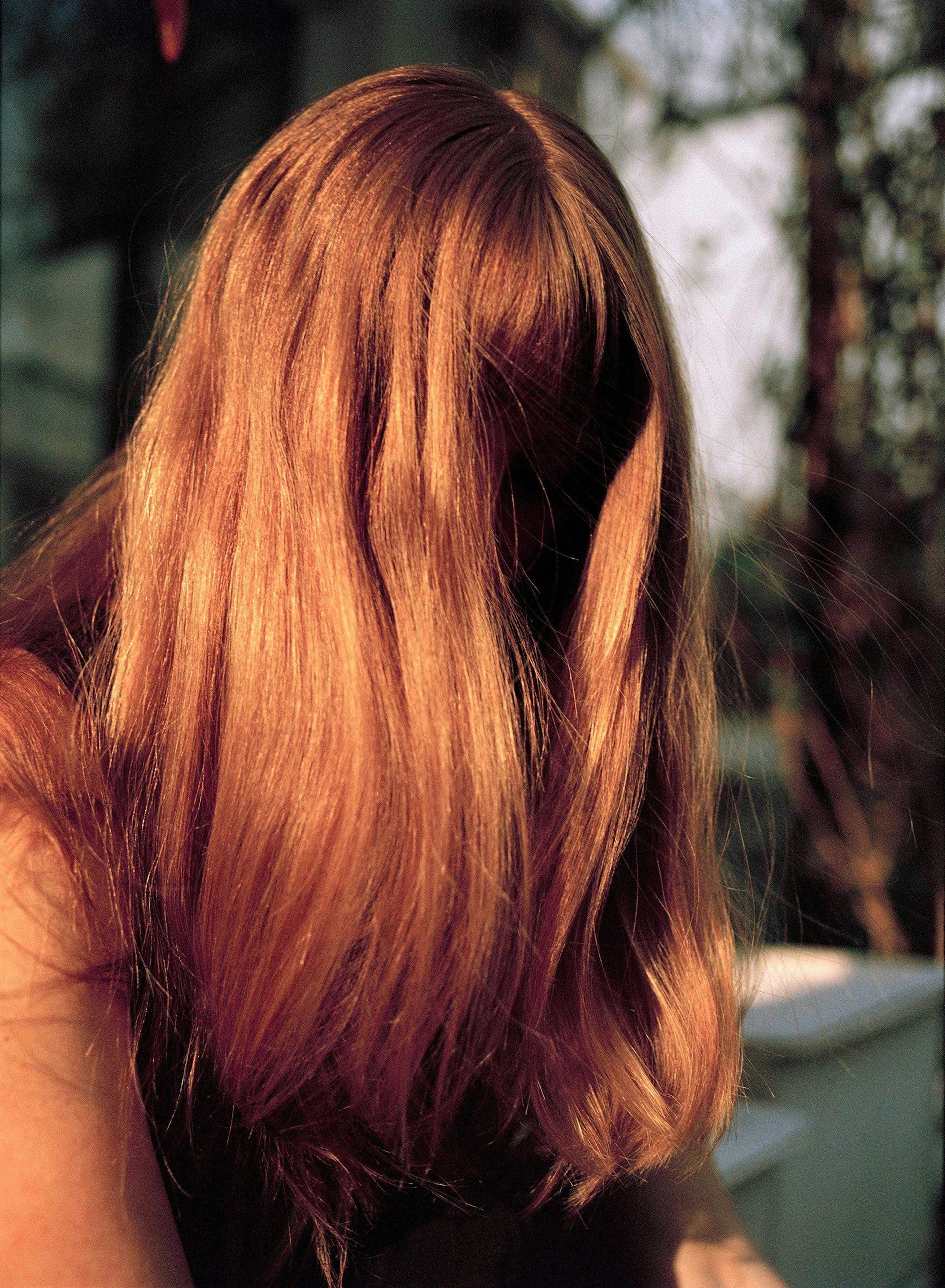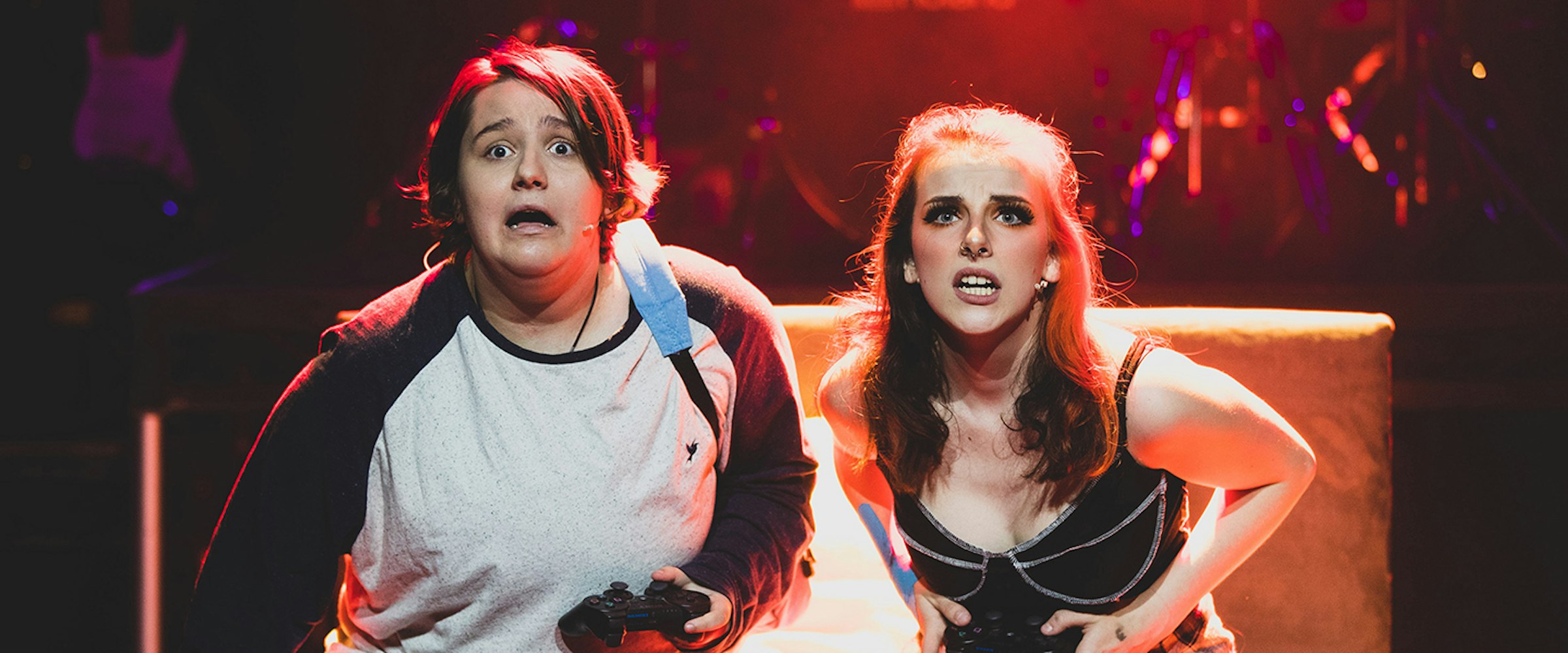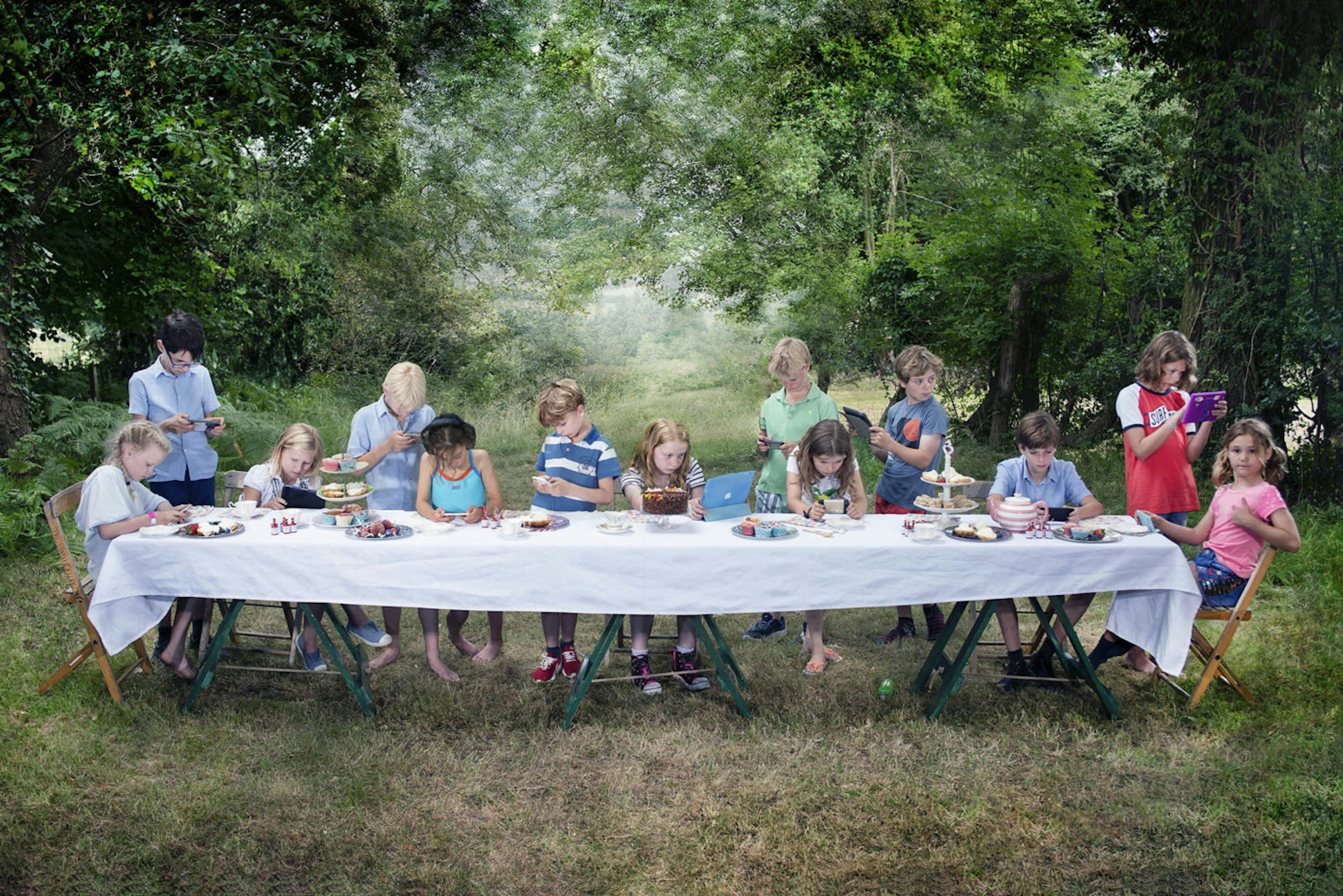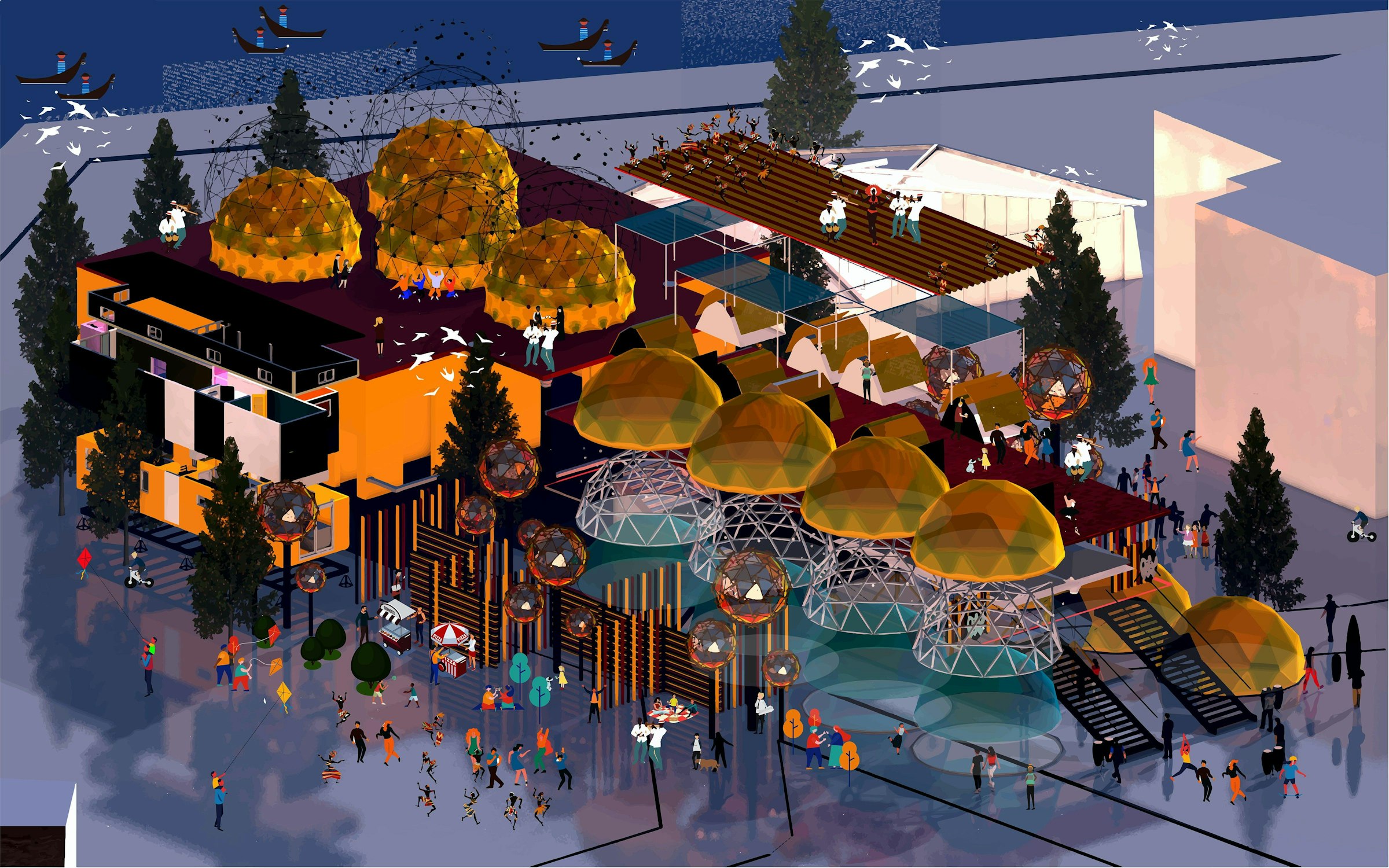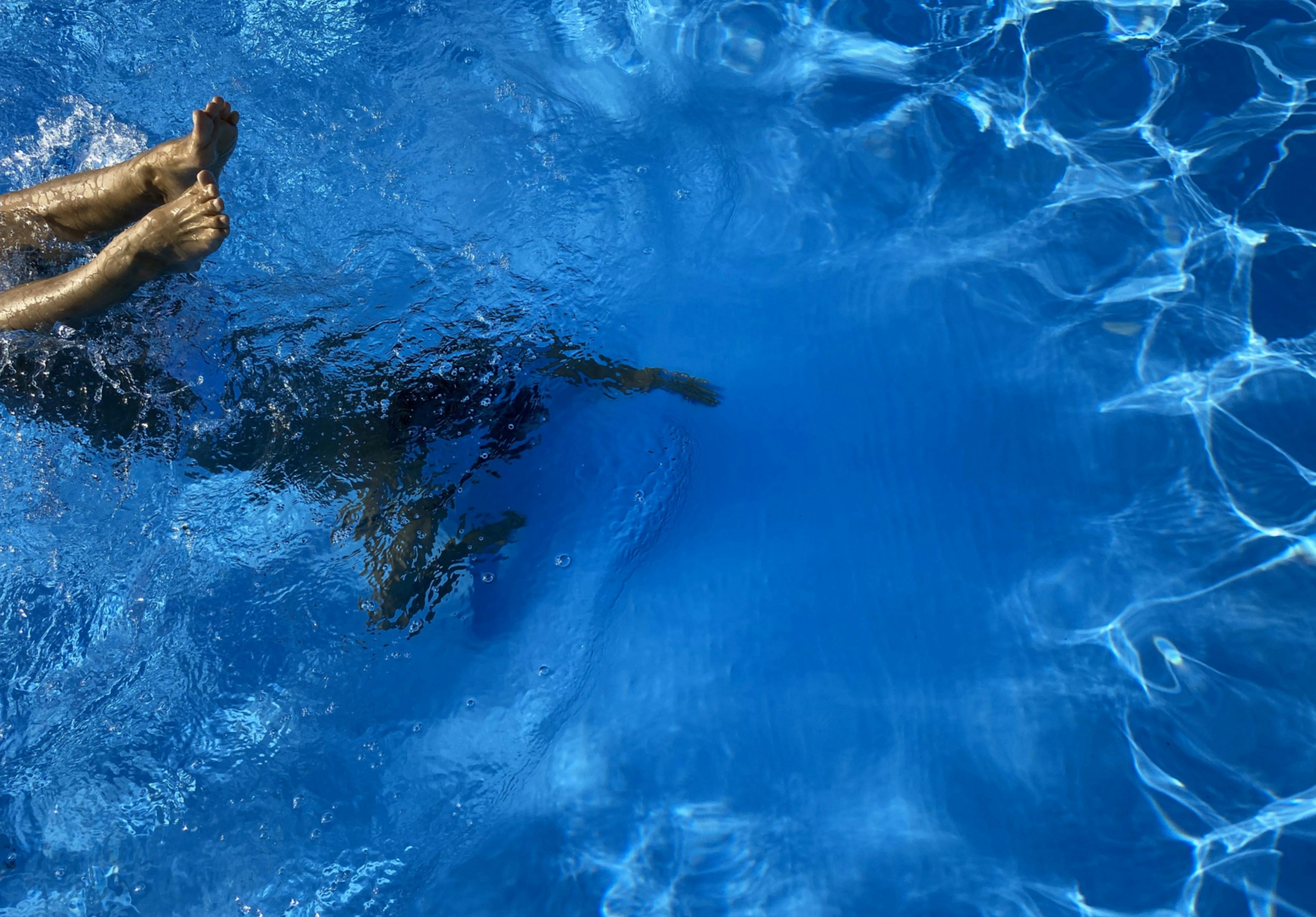- Home
- Latest
- Student Stories
- Sarah Divyanathan – "I wanted to bridge ...

Sarah Divyanathan – "I wanted to bridge the gap between handcrafting and digital innovative processes"
My journey into fashion after graduating was paved with a certain naïveté, as I marched into the industry armed with my newfound knowledge of sustainable innovation and digital fashion softwares that were ingrained into my practice at AUB.
I was forced to confront the harsh realities of the industry as I realised it will never be as straightforward as your final major project at university. There are now buyers, consumers and advertisers and a necessary portion of design will be made to satisfy the consumers’ appetite for new trends. The lack of time and money makes it harder to enforce sustainable practices, and this meant that digital innovation was one of the sectors that was hugely overlooked.
My Master's collection, Through My Lens, is my personal reaction to the throwaway industry that I witnessed. I wanted to bridge the gap between handcrafting and digital innovative processes. The hybrid of slow fashion making, combined with fashion specific software was the root of my project, and the starting point of my research. I explored this through the lens of my heritage, and sought to showcase this through the strength of simplistic shapes while having subtle nods to traditional garments.
During the first term of my Master's, I was able to revisit the fundamentals of digital fashion, and to learn and re-learn digital fashion processes and slow making techniques that interested me. I was certain that I wanted to be involved into as many of the fabric manipulating techniques that I was going to incorporate into my project, and wanted to minimise buying fabric wholesale. The MA Digital Fashion Innovation course at AUB made this goal possible.
My interest in photography led me to seek out techniques used in traditional film printing, and with the help of the photography department, I found the process of cyanotype printing. This method of printing particularly caught my eye due to its sustainable nature, with its lack of harmful chemicals, ability to print onto fabric and natural exposure using ultraviolet rays. I aimed to utilise this to inject colour into my collection, as well as to exhibit my original photographs as prints.
Zero-waste pattern-cutting is another sustainable technique that has been around for centuries, and I wanted to go a step further and delve into making my own fabric. Fabric weaving is a process that has deep roots in my heritage, and the use of this would allow me to have complete control over the waste produced from my collection.
As my collection started to become clearer, I formed conversations with my lecturers around techniques which used digital innovation to create a more efficient process, and discovered the TC2 digital loom. Working closely with my MA course leader and the Textiles department, I was able to learn how to use the digital loom machine to weave my own fabric. The loom is a manually hand-operated electronic jacquard machine, and was the most accurate use of combining digital technologies with a traditionally analogue technique. I repeated the same print that was cyanotype printed through jacquard weaving.
Finding ways to represent my concept and heritage through more than just print and colour was integral for me, and I wanted the pattern-cutting to echo this as well. The pattern-cutting of my collection was developed through Lectra and CLO, which is taught at BA and MA level on the Fashion courses at AUB. The nature of the garments are pattern-cut in a contemporary manner carrying the narrative of my heritage, with pieces wrapping and typing around the body.
The software, facilities and technicians at the University were central to helping me evolve my collection, and this experience has intrinsically changed me as a designer. The time and resources that were available to me has broadened my view of what sustainability means to me, and focused my practice to making conscious clothing. It has given me the confidence to implement these methodologies to my professional practice, and to express with conviction when processes are unethical. Most importantly, it has opened up a whole new world of research that I want to continually explore throughout my career.
